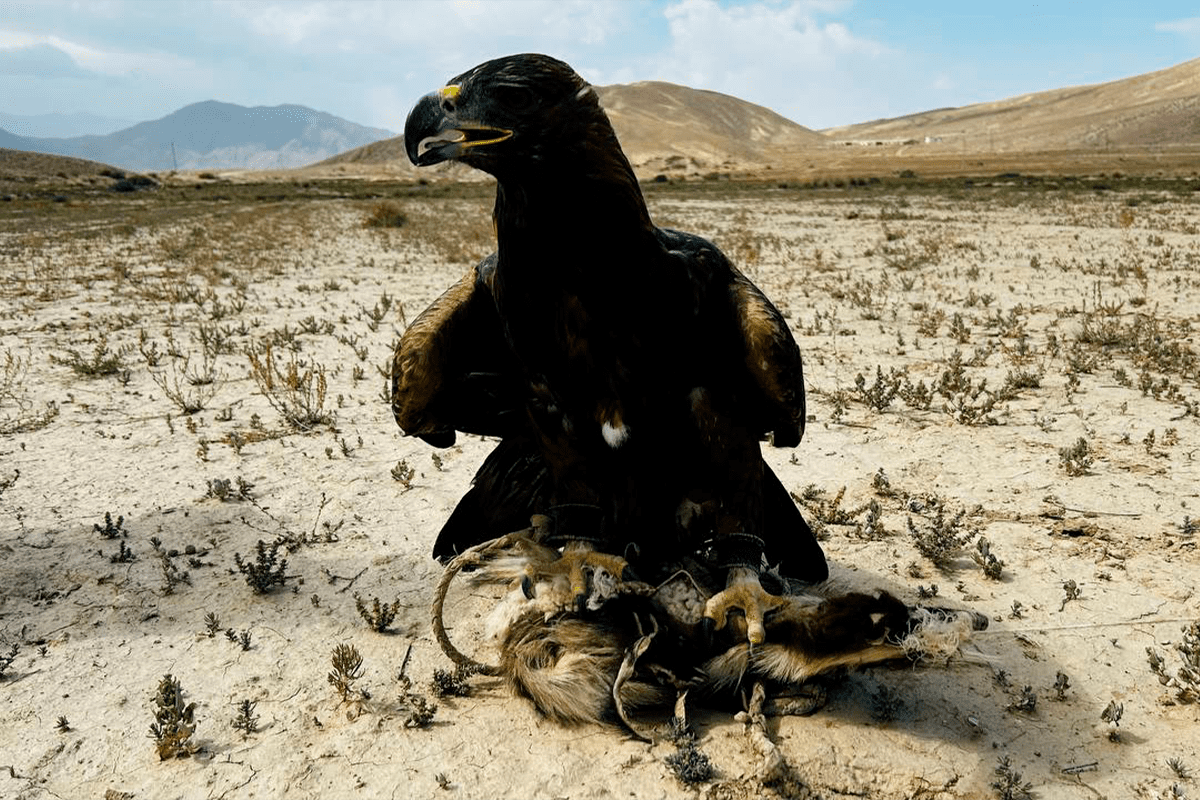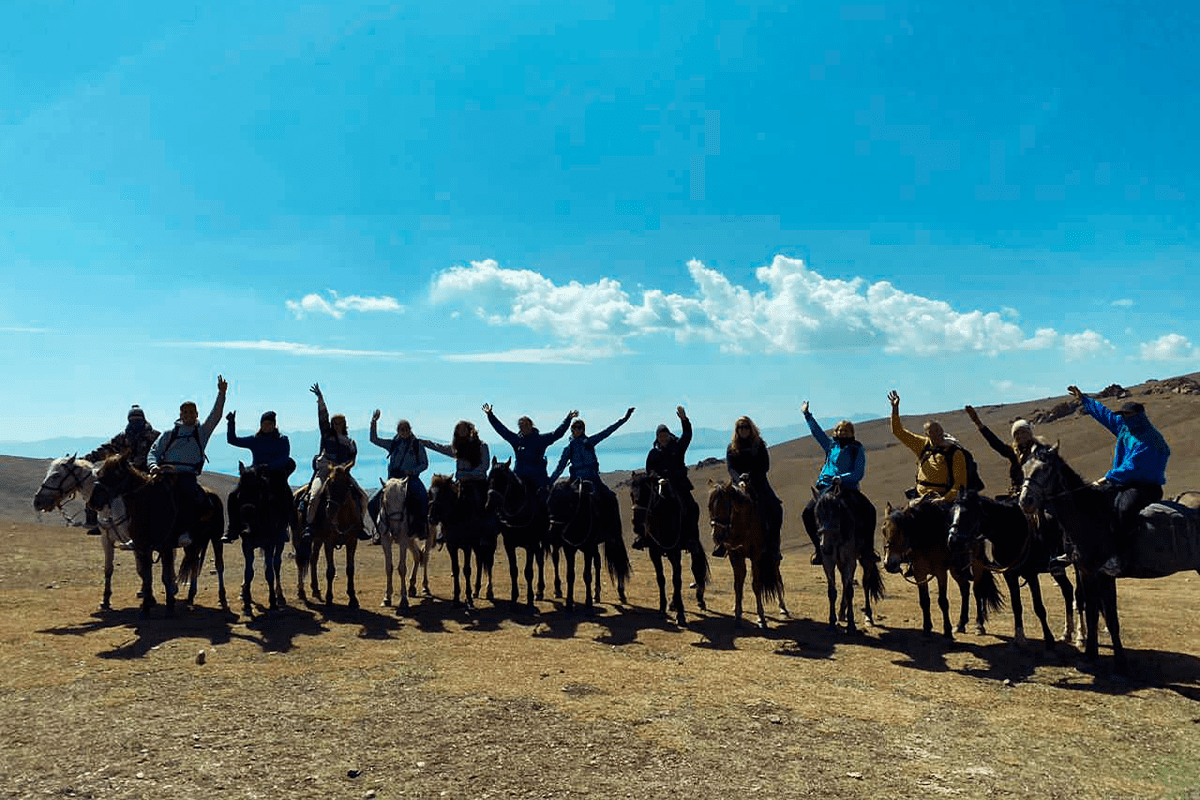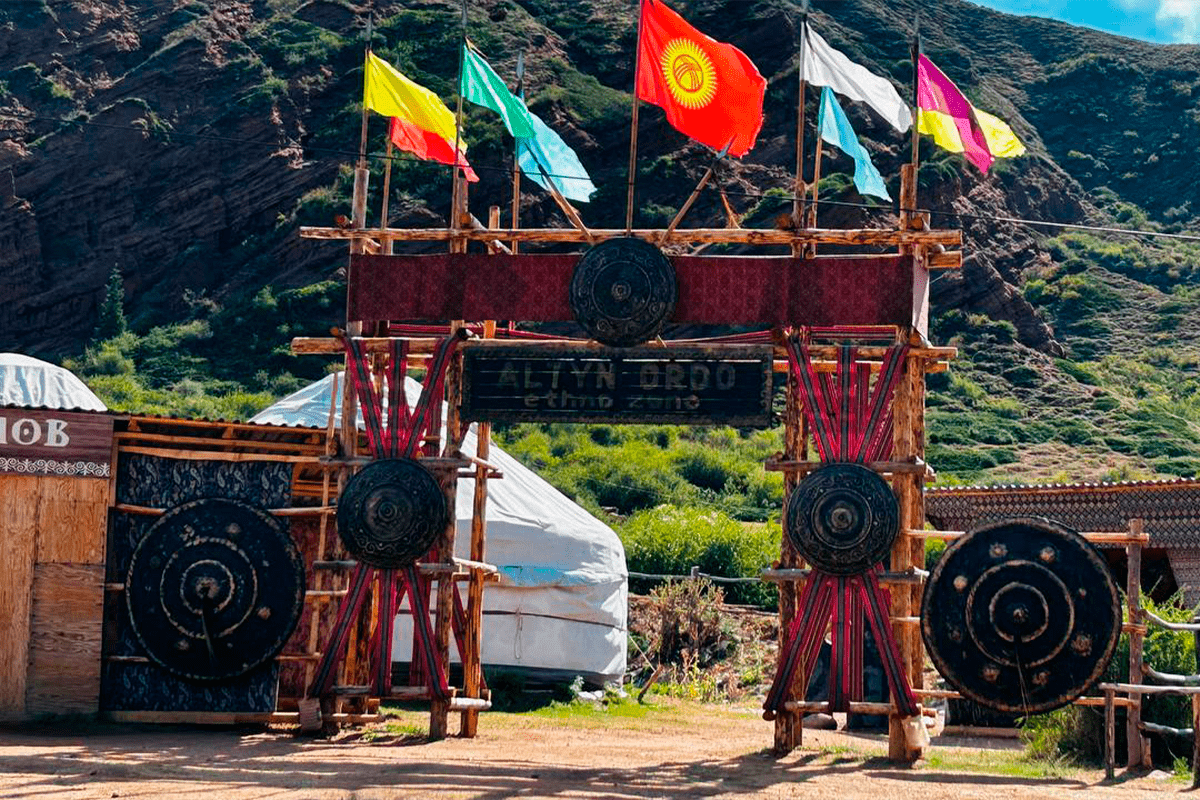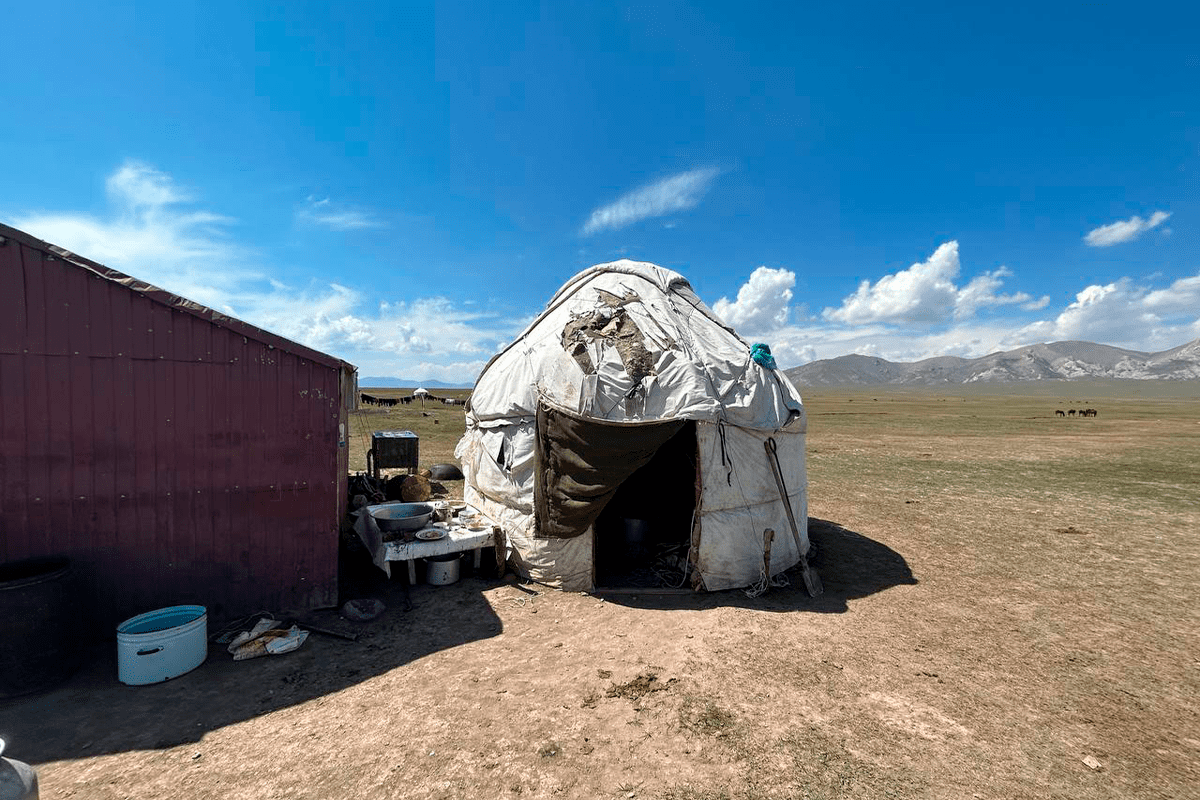Sulayman-Too (Mount Solomon) is the most important cultural attraction of Kyrgyzstan and the first UNESCO Cultural Heritage site in Kyrgyzstan, located in the center of Osh.
The mountain, stretching for about 1 km, is made of limestone and has five peaks. Due to its geological features, the mountain has many caves and caverns that are unique to Kyrgyzstan.
Even at the dawn of civilization in the Fergana Valley, this relatively small mountain had a cult significance for people. The first traces of cults around the mountain date back to ancient times, to the X-XII centuries BC, i.e. more than 3000 years ago.
To this day, the slopes of the mountain keep the memory of numerous petroglyphs left by primitive man. Therefore, it is not surprising that the oldest city of Central Asia, Osh, which is part of the Great Silk Road, was built around this mountain.
Already in the Middle Ages, the mountain became an important object of Islamic worship. It was during this period that the mountain was named after the legendary King Solomon, who is worshipped by both Muslims and Christians. According to legend, a Prophet once prayed on the top of this mountain, and traces of his knees and forehead are still preserved on its slopes.
The historical significance of the mountain is closely connected with the name of Babur, the founder of the empire of the Great Mongols, which stretched from the southern border of the Fergana Valley to Southern India, the famous king and commander, about whom he wrote in his famous work “The Name of Babur”. Born in the immediate vicinity of Osh, Babur loved to walk along Suleiman-Too and pray in solitude on its slopes. For this reason, Babur ordered a small prayer house to be built on the mountainside.
This house is popularly known as the “House of Babur”, and officially it is called the Takhty Suleiman Mosque. In Soviet times, as part of the fight against religion, the building of the XVI century was demolished and restored in 1991, so only a copy of the original structure has survived to this day.
There are many legends about Mount Suleiman-Too. There are many caves and grottos on Sulaiman-Too Mountain, which served as places for prayers. Even today, numerous pilgrims come to the crevices of the rocks, seeking healing from diseases. Shiny polished stones are widely known, from which women fall down, praying for a child. The slopes of the mountain are dotted with Arabic scripts, the meaning of which has not yet been solved, and geological formations on the slopes are dotted with figures of various animals.
In Soviet times, another attraction appeared on the slopes of the mountain. This is an almost unparalleled museum located in a cave in the mountain. The museum exhibits tell about the history of Osh, the Osh region and the region. The architecture of the museum is an outstanding example of Soviet modernism.
At the foot of the mountain there are a number of historical attractions, mainly related to Islam. The main ones are the Rawat Abdullahan Mosque, built in the XVI century, and the mausoleum of Asaf-ibn-Bukhria dating from the XI century. All this makes Sulaiman Too the most important Islamic shrine in Central Asia, annually attracting thousands of pilgrims and tourists from all over the world.
There are also modern attractions here, for example, the world’s tallest three-storey yurt, which houses a small museum dedicated to the history of Kyrgyz nomads.
Individual Nomads Life tours are a great opportunity to make a route according to your wishes. Walking, cycling, equestrian, automobile, ethno-tours and, of course, combined tours combining two or more types of excursion activities.





